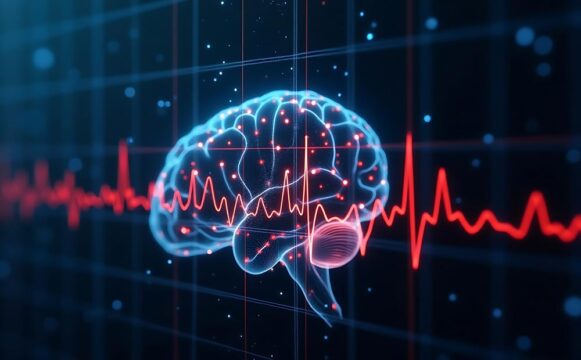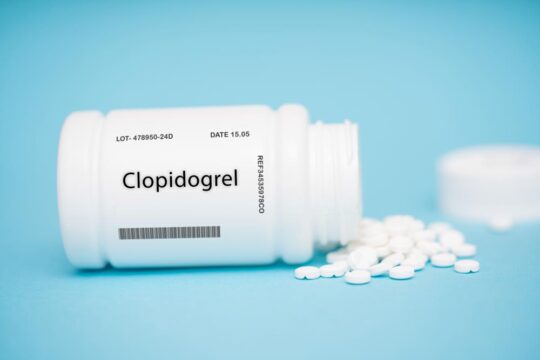Advertisment
SABCS 2011 Report – Environmental and lifestyle influences on the development of breast cancer

by Dr Sunil Upadhyay – Breast cancer is one of the most common malignancies in women all over the world and its complex and multi-factorial aetiology remains unclear. There is a five-fold international variation in its incidence with developed countries carrying the highest incidence rates. Therefore, it is natural to think that a westernised lifestyle and environmental exposure may be contributing to its development, along with some genetic influence. Migrant studies indicate rapid generational change and thus it is unlikely to be due to a genetic mechanism alone. Understanding the influence of environmental factors gives women and girls the opportunity to take preventative measures to minimise their risk.
Exposure to medical ionising radiation, combination oestrogen-progestrogen hormone therapy, postmenopausal obesity, smoking and excessive alcohol consumption are already well-known risk factors. On the other hand, more physical activity is linked to reduced risk. Steps taken to avoid these risk factors have a great potential to reduce the risk, however, the amount of risk reduction these factors offer remains inconclusive. The impact on individuals will vary considerably because the duration of exposure in addition to biological, physical and genetic factors plays an important part in the pathogenesis of breast cancer. Diethylbesterol (DES) taken by pregnant women during 1938-1971 to prevent miscarriage led to elevated incidences of breast cancer including to their daughters exposed in-utero. Age at puberty, menarche, first childbirth and menopause along with the number of children and duration of breast-feeding are other well-known risk factors.
There is well confirmed scientific evidence between the relationship of obesity and increased risk of breast cancer in the postmenopausal age group (p for trend 0.001).1 With increasing body mass index, the incidence of breast cancer has been found to increase. This could be due to higher circulating oestradiol and free oestradiol level associated with increasing BMI. Similarly, use of HRT has also been found to marginally increase the risk of development of breast cancer.2 The amount of weight gain in these women is also associated with increased risk. Weight gain of more than 20kg over a lifetime can increase the risk of breast cancer by two fold. This relationship is much stronger for ER and PR-positive tumours (p<0.001) compared to ER PR-negative ones (p=0.13) with consistent data observed in many studies.3 The association of weight gain is markedly stronger for luminal subtype (p=0.001) compared to luminal A (p=0.05). However, this trend is not observed for HER2 and basal-like tumours.4 Surprisingly, this relationship is reversed in premenopausal women where the strongest inverse relationship is found in women with a BMI >31kg’m2.1 The Nurse Health Study (NHS) and NHS II study consisting of 7582 cases showed that obese and premenopausal young women with higher BMIs were at a relatively lower risk of developing breast cancer in later life. The exact mechanism of these differences remains unknown.
Mammographic breast density is another well established risk factor and women with dense breasts on mammogram are at a higher risk for DCIS and breast cancer and their tumour is more likely to be aggressive in nature. A modest association with insulin/c-peptide levels and development of breast cancer has been observed particularly with non-fasting measurements. However, more research is needed in this field along with the influence of oestradiol levels. However, other mechanisms like inflammation, viruses and trauma may have some part to play. (Mini symposium, 8th Dec, SABCS 2011)
References:
1. Van den Brandt, Spiegelman J, Yaun S-S, Adami H-O et al. Am J Epidemiology 2000; 152(6): 514-527. doi: 10.1093/aje/152.6.514
2. Huang Z, Hankinson S, Colditz G, Stampfer J, Hunter D et al. JAMA 1997; 278: 1407-1411. doi: 10.1001/jama.1997.03550170037029
3. Eliassen H, Colditz G, Rosner B, Willet W, Hankinson S. JAMA 2006; 296: 193-201. doi: 10.1001/jama.296.2.193
4. Tamimi R, Colditz G, Wang Y, Collins L, Hu R. Br cancer Res Treat 2011; 128: 243-250. doi:10.1007/s10549-010-1313-1





